Help & Advice Articles, Videos and How-to-Guides
Filter Articles

A Permagard glossary: damp and waterproofing terminology
At Permagard, we’re not fans of complicated language. We’ve created jargon-free guides to help you get the job done for years now. However, some specific terminology is unavoidable.
We know how frustrating it can be when you have an issue to sort but you don’t understand what the instructions say or the guidance you’ve been given. That’s why we’ve compiled this glossary of common industry terms and phrases so you can find out what the terms mean and get the job done.
Damp proofing terms and definitions
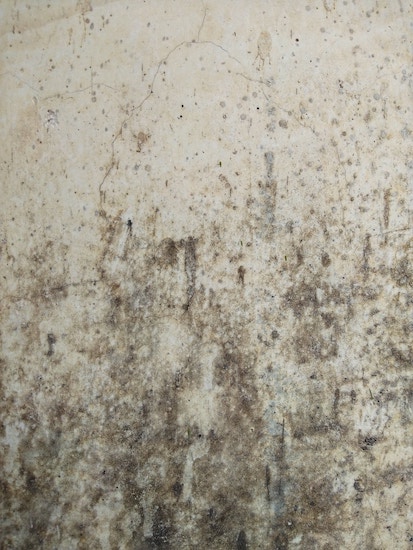
Black mould: a blanket term used to refer to a variety of fungus that has a black, slimy appearance. Black mould is often found in buildings suffering from condensation and/or damp issues. It’s often found in kitchens and bathrooms.
Recommended Guides:
Recommended Products:
Capillary action: the process by which water is sucked up through building materials - leading to potential issues. It’s what happens to groundwater in cases of rising damp and a major consideration when it comes to isolating a damp concrete floor.
Recommended Guides:
Recommended Products:
View our rising damp treatments here, including damp proof creams.
Cavity Damp Proofing Membranes: Cavity damp proof membranes stop moisture and salts penetrating through internal walls and impacting your finishes. They are made from High Density Polyethylene (HDPE), which blocks moisture and salts. These membranes are fixed to internal walls after the cause of the damp has been fixed or a new liquid DPC has been installed.
The surface of the membrane has an egg box-like profile which creates a cavity or an air gap that allows moisture to evaporate from the wall behind. Cavity Damp Proofing Membranes are available with or without a mesh surface. Mesh membranes allow you to plaster directly onto them.
Recommended guides:
Recommended products:
Damp Proof Course (DPC): a protective barrier that stops water from the ground rising up your walls and causing damage. There are different types of DPC - some are plastic, others are liquids and creams that can be injected into the brickwork or mortar joint of the property (convenient when the existing DPC has failed or was never installed).
Recommended Guides:
Recommended Products:
See our Liquid DPC Creams and our Physical DPC products here.
Damp Proof Membrane (DPM): is used on solid floors to form a waterproof barrier to stop moisture from reaching your final flooring. This can be carpet, tiles, timber or laminate. DPMs can come in various forms, all with the same goal. The standard option is a polyethylene sheet, usually 1200 gauge which refers to the thickness of the plastic. You can also achieve a floor DPM with epoxy or a special liquid rubber coating that dries to form a barrier.
Recommended guides:
Recommended products:
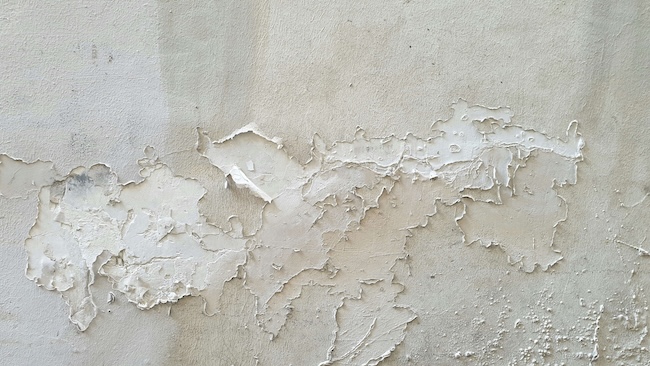
Damp Proof Paint: When it’s painted on a wall, damp proof paint forms a complete barrier, preventing water ingress as a liquid or a gas. It’s quick and easy to apply and prevents the damp from returning.
Recommended guides:
Recommended products:
Facade: the outside face of a building, such as brickwork or stone. If not properly protected, the exterior facade can allow water to pass into the property. Facade creams provide protection against penetrating damp, protecting the structure of your property.
Recommended guides:
- Masonry & brick waterproofing – how to guide
- How do I protect my outside wall from damp?
- The ultimate exterior building maintenance guide
Methods for facade maintenance include water repellents and structural repair.
Recommended products:
Hygroscopic salts: water entering walls from the ground will often have salts dissolved in it. When the water evaporates, these salts are left behind and appear as white marks. In the case of hygroscopic salts, it’s not often that you can actually see them or are aware of them until damp or wet areas appear. These salts attract moisture from the air and make the wall visibly wet. This is a common issue around chimney breasts where the burning of fossil fuels has left salts.
Recommended guides:
Recommended products:
Penetrating Damp: a type of damp that occurs when water makes its way through a wall or surface into a property.
Recommended Guides:
- How to treat penetrating damp with water repellents
- Guide to damp proofing old homes & period properties
Recommended products:
For penetrating damp treatment, explore our water repellent range.
Rendering: the process of applying a render plaster to a wall to achieve a smooth or textured finish, ready for finishing plasters internally or left as the finish externally.
Recommended guide:
Recommended products:
- PermaSEAL Renovating Plaster Bucket
- Limelite Renovating Plaster
- Limelite High Impact Finishing Plaster
Rising Damp: a relatively rare form of damp that occurs when moisture from the ground travels up through walls and floors by capillary action.
Recommended guide:
Recommended products:
View our range of rising damp treatments here.
Condensation and ventilation terms
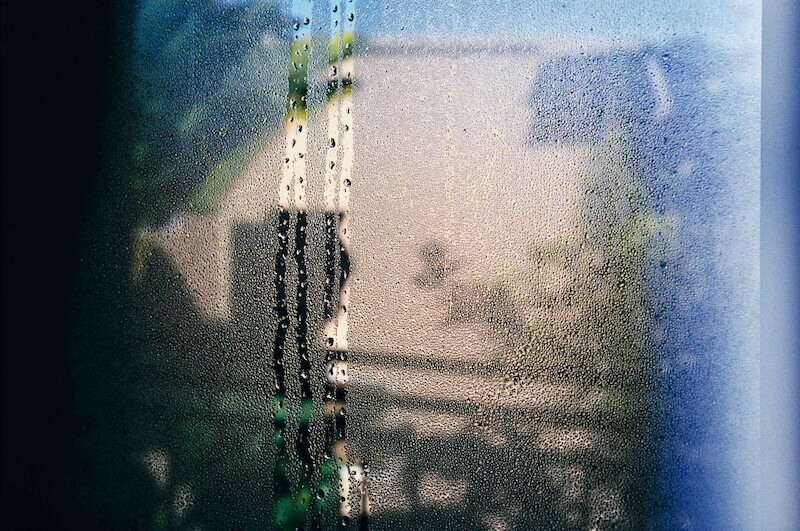
Air Brick: a special type of brick that can be made from cement, plastic or metal. These bricks contain holes that allow the circulation of fresh air into voids beneath floors and within cavity walls. This circulation of fresh air prevents moisture from building up due to cold or damp air sitting in voids or cavities.
Recommended products:
Condensation: Condensation occurs when warm moist air in the home comes into contact with cold surfaces. It’s most common during the winter. Activities like showering, cooking and drying clothes can release moisture into the air, leading to condensation. It can be treated by improving ventilation within your property and getting the correct balance of moderate consistent heating throughout the colder months.
Recommended guides:
Recommended products:
Dew Point: the exact temperature that humid air must be cooled to for it to release moisture on a surface. For example, the point at which condensation forms on a window.
Recommended guides:
Humidity: the amount of water vapour in the air. You may also hear the term ‘relative humidity’, which is the measure of water relative to the temperature of the air.
Recommended guide:
Recommended products:
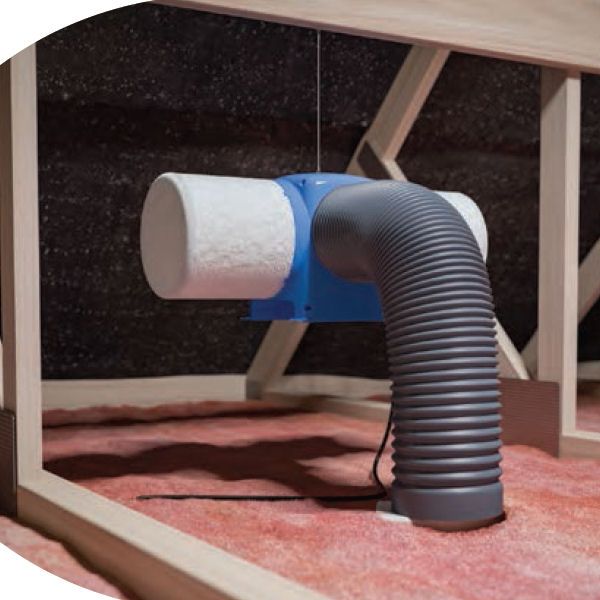
Positive Input Ventilation: a method of condensation control that replaces stale, moist air from inside the building with dry, fresh air from outside - improving the air quality. PIV units create a constant pressure in the building by forcing the moist, stale air out with continual dry, fresh air.
Recommended guides:
Recommended products:
- Nuaire Drimaster Eco with Loft Control
- Nuaire Drimaster Eco 3 Storey with Loft Control
- Nuaire Flatmaster
Vapour Control Layer (VCL): a membrane that restricts warm, moist air inside a building from going into the building fabric (e.g. a wall’s cavity and floor or roof space). Otherwise, this moist air has the potential to form condensation in these hard-to-reach places that may lead to mould and rot.
Recommended guides:
Recommended products:
Find out more about vapour control layers here.
Water Vapour: the gas phase of water, basically moisture in the air that causes condensation when it meets cold surfaces, like windows and exterior walls. Some products will stop water as a liquid but not in its gaseous form.
Recommended guide:
Recommended products:
Waterproofing terms and definitions
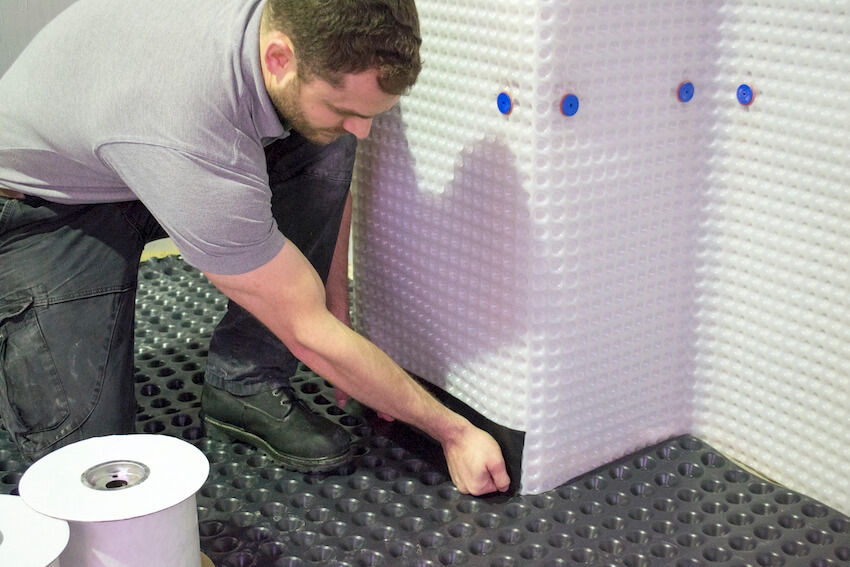
Cavity Drain Membrane: a dimpled plastic membrane that’s installed in basements to control the movement of water, encouraging it to flow to a large void known as a sump chamber to then be pumped safely away from a property. It is a vital part of a Type C waterproofing system and is considered the safest form of waterproofing.
Recommended guides:
Recommended products:
Foundations: the load-bearing part of a building - typically below ground level. Foundations are vulnerable to hydrostatic water pressure, so a structural waterproofing system needs to be considered.
Recommended guide:
Hydrostatic Pressure: the pressure exerted by water on a basement structure - it increases when the water table is higher.
Recommended guide:
- The complete guide to wall tanking & waterproofing
- Installing a self-adhesive tanking membrane system
Sump Pump: a pump used to remove water that has been collected in a sump chamber (a container used to collect water in basement systems). Used in conjunction with a cavity drain membrane and drainage channels.
Recommended guide:
Recommended products:
Tanking: a method of waterproofing where you block water ingress with a waterproof coating (tanking slurry) or a tanking membrane. Tanking can be applied to the walls and floor of a cellar or basement.
Recommended guides:
- The complete guide to wall tanking & waterproofing
- What is external tanking?
- Tanking a cellar – how to guide
Recommended Products:
Type C Waterproofing System: protects basements and underground spaces by collecting any water that enters and pumping it safely outside the property. A water management system rather than a water barrier system.
Recommended guide:
Recommended Products:
- PermaSEAL Basement Sump and Dual Pump System
- PermaSEAL 8 Clear 40m² Waterproof Membrane Kit
- PermaSEAL 8 Eco Cavity Drain Membrane
Water Ingress: when water makes its way into a building from outside. This can occur in properties for many different reasons. Some water ingress is referred to as penetrating damp - this is because the water penetrates through the walls to enter the property.
Recommended guide:
See our guide for more information about the difference between damp proofing and waterproofing.
Structural repair terms and definitions
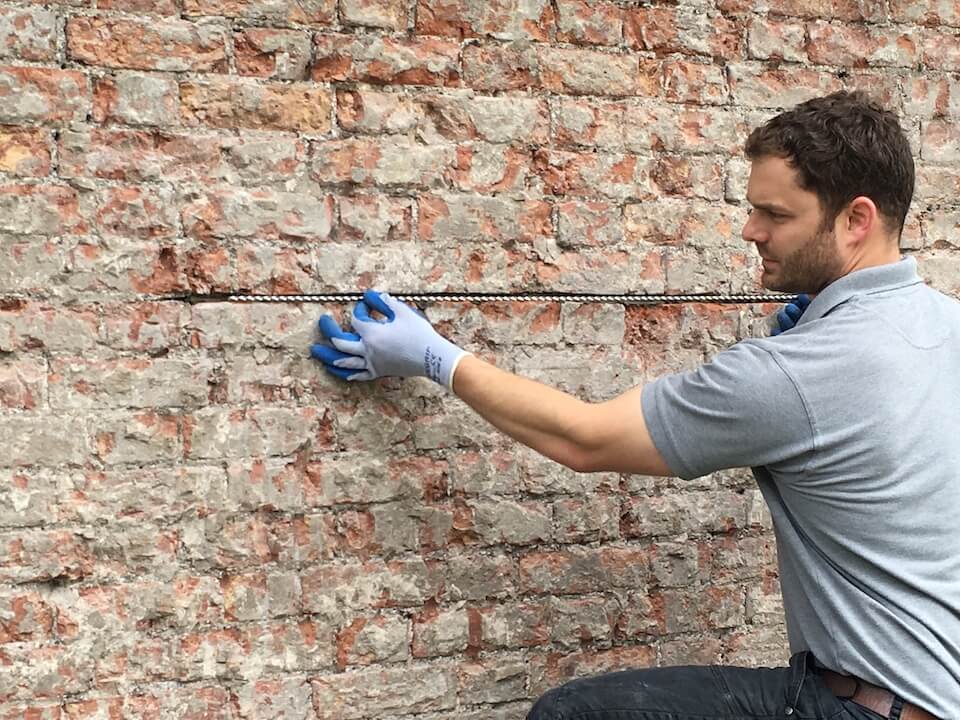
Bed Joints: a horizontal layer of mortar, into which bricks and other materials such as stone are laid.
Recommended guide:
Cavity Wall: a type of wall that has a hollow centre. They are sometimes described as having two ‘skins’ or ‘leaves’, which are separated by a hollow space in between. This is designed to help stop water ingress from penetrating into the inner wall and also aid insulation. The two skins are held together using wall ties.
Crack Stitching: a method of fixing wall cracks and restoring structural stability in walls in a non-intrusive manner. This involves installing helical bars into horizontal slits made in the mortar.
Recommended guides:
Helical Bar: a stainless steel rod used to reinforce structural integrity in a wall after cracking. They can be used in bed joints and around windows and doors.
Recommended guide:
You can see our range of helical bars here, or shop our all-in-one crack stitching kits:
Lintel: a horizontal beam installed above windows and doors to support the wall.
Recommended guide:
Recommended Products:
Masonry: stone or brickwork used in the building structure e.g. stone, bricks, and concrete blocks.
Recommended guide:
Wall Tie: wall ties hold the two leaves of a cavity wall together, tying the load-bearing inner wall to the outer wall. This helps keep the outer wall secure and stable. Remedial wall ties are designed to be fitted retrospectively.
Recommended guide:
Recommended Products:
Timber treatment definitions
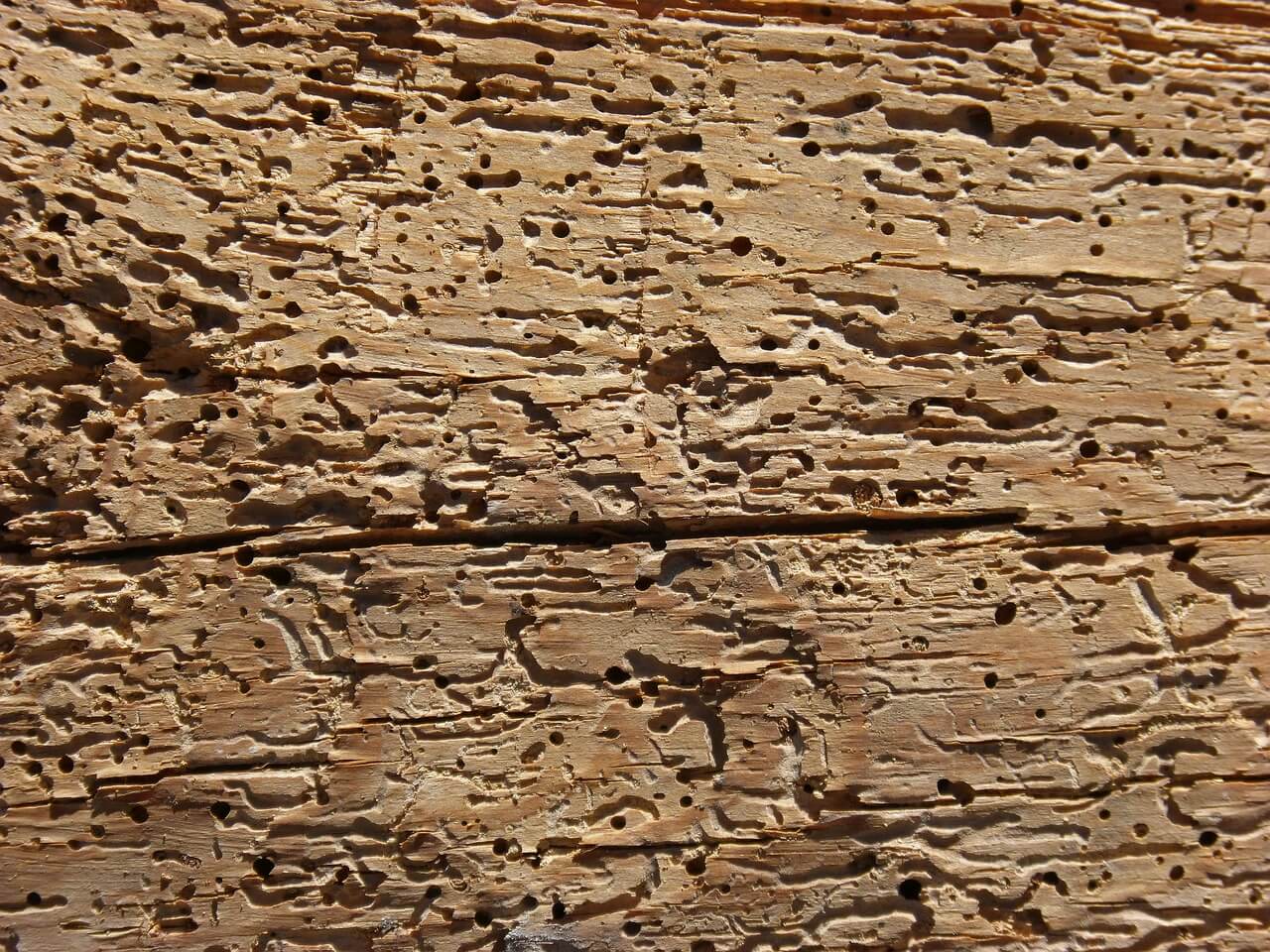
Dry Rot: is a wood-destroying fungus, known scientifically as Serpula Lacrymans. It is the most serious form of fungal decay. It attacks the timber in buildings, digesting the parts of the timber that give it its strength.
Recommended guide:
Recommended products:
Fruiting Body: this is the part of a fungus that you can see - it’s also what contains the spores. It’s the final stage of the dry rot life cycle.
Wet Rot: a fungus scientifically known as Coniophora puteana that affects very damp timber. It can cause decay in plaster, wallpaper and carpets. Wet rot spores are attracted to materials with a high moisture content.
Recommended guide:
Learn more about wet and dry rot treatments here.
Woodworm: the common term used to refer to the larvae of all wood-boring beetles. There are several species found in the UK, with the most common being the Common Furniture beetle.
Recommended guide:
Recommended products:
Gas membrane terms and definitions
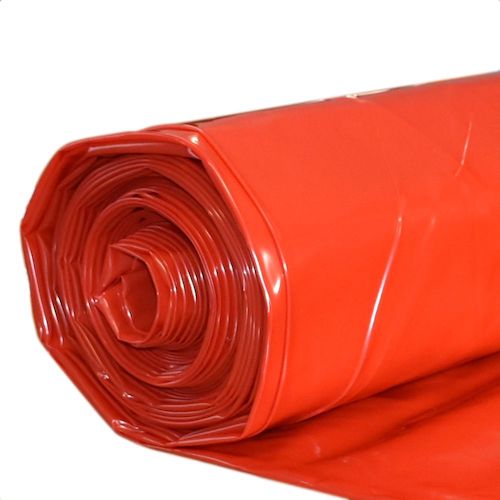
Radon: an invisible radioactive gas that’s formed when the small amounts of uranium in rocks and soil decay. It’s found everywhere but at varying levels. Radon can cause health issues, including increasing the risk of cancer in certain instances.
Radon Barrier: a radon and carbon dioxide impermeable membrane.
Recommended guide:
Recommended products:
Permagard: inspiring confidence
At Permagard, we take a simple approach to protecting and preserving your home. Our how-to guides are free of jargon and keep even complicated tasks as simple as possible. We’re always on the other end of the phone if you have any questions. This way you can get the job done in no time, no matter your skill level.
